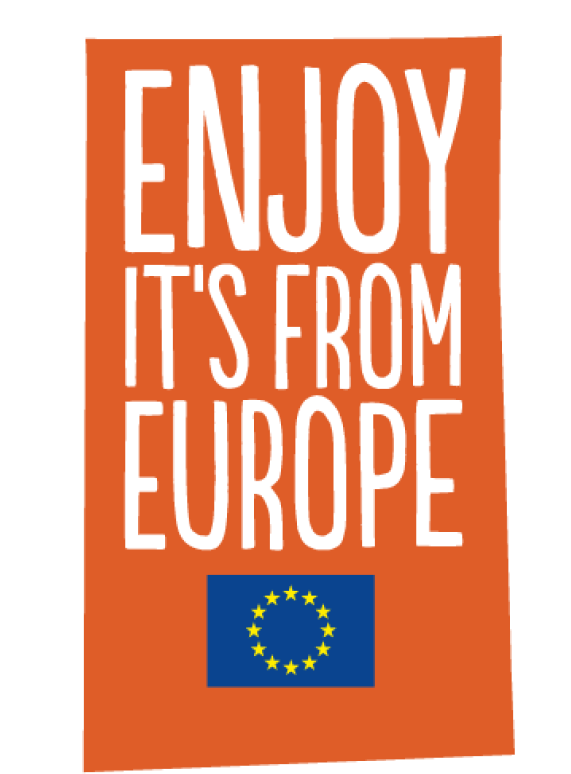European Poultry: pioneering sustainable practices
Did you know that...? The European poultry sector is leading the way in creating a fair, balanced, and envionmentally friendly food system.
We are committed to providing a variety of nutritious, affordable, and sustainable food while reducing food waste from production to consumption.
How do we address this?
Climate-smart and environmentally friendly practices
Reducing emissions through improved breeding and sustainable feed access
Feed constitutes a significant portion of chicken meat production costs and is a major contributor to greenhouse gas emissions in the sector. Efforts are being made to create locally produced alternatives to soy and protein crops to reduce deforestation risks and shorten supply chains.
Advances in breeding have reduced the carbon footprint of modern broiler chickens by 50% since 1970, and a further reduction of 15% is expected by 2030.
These improvements not only promote environmental sustainability, but also optimise resource use to meet growing global food demand.
Improving environmental footprint through green technologies
The European poultry sector is implementing green technologies across farms and slaughterhouses to further reduce environmental impact:
- Solar energy systems installed on barn roofs, harness the sun's power to produce electricity and heat without occupying additional land.
- Water consumption in poultry barns is monitored and minimised through advanced systems, including efficient drinking systems that prevent water wastage.
- Investments in biogas plants utilise poultry waste and organic residues to generate renewable energy, promoting efficient waste management and resource conservation.
Circular and resource-efficient food systems: Minimising waste
- Waste utilisation: Manure and litter are used for crop production, and poultry waste is processed into fertiliser, animal feed, electricity, and bone powder.
- By-products: Poultry bones, blood, skin, and feet are processed into poultry meal and bone meal, essential ingredients in animal feed
The European poultry sector offers you a culinary product
part of a balanced diet:
Rich in protein. Tasty. Versatile.
Prioritizing animal welfare and community well-being
- Economic growth and community support: Efforts in the EU to foster economic growth and empower rural communities through poultry farming include initiatives to attract women to the sector, promoting gender equality, and providing direct livelihoods for approximately 370,000 people in the EU.
-
Animal health and welfare: Animal welfare has been a policy focus for over four decades, ensuring uniform minimum standards across Member States.
EU legislations set comprehensive standards for animal welfare in farming, including maximum stocking density, and specific requirements for lighting, litter, feeding, and ventilation . The use of advanced technologies allows for real-time monitoring and regulation of animal conditions, including temperature, feed management, animal weight, and lighting, maintaining high welfare standards throughout the European Union. -
Reduction of antibiotic use: The European poultry sector is committed to the responsible use of antibiotics to ensure animal health and minimize antibiotic resistance. Contrary to popular belief, growth hormones have been banned in Europe for decades. The use of antibiotics is strictly regulated, only administered under veterinary supervision, and follows stringent protocols.
This ensures that antibiotic residues in meat are minimized and that antibiotic resistance is controlled. Recent initiatives have significantly reduced the use of antibiotics in European agriculture, particularly in the poultry sector, reflecting a commitment to responsible farming practices and public health.
Let’s reduce food waste! But how?
Addressing food waste is crucial for mitigating environmental and climate impacts and ensuring food security for a growing global population.
Facts you may not know:
- In 2020, nearly 59 million tonnes of food waste were generated in the EU, equivalent to approximately 131 kg per person, with a market value of EUR 132 billion.
- But most food waste happens at home consuming level: Household waste accounted for 53% of the total, averaging 70 kg per capita, resulting in significant environmental and social repercussions.




